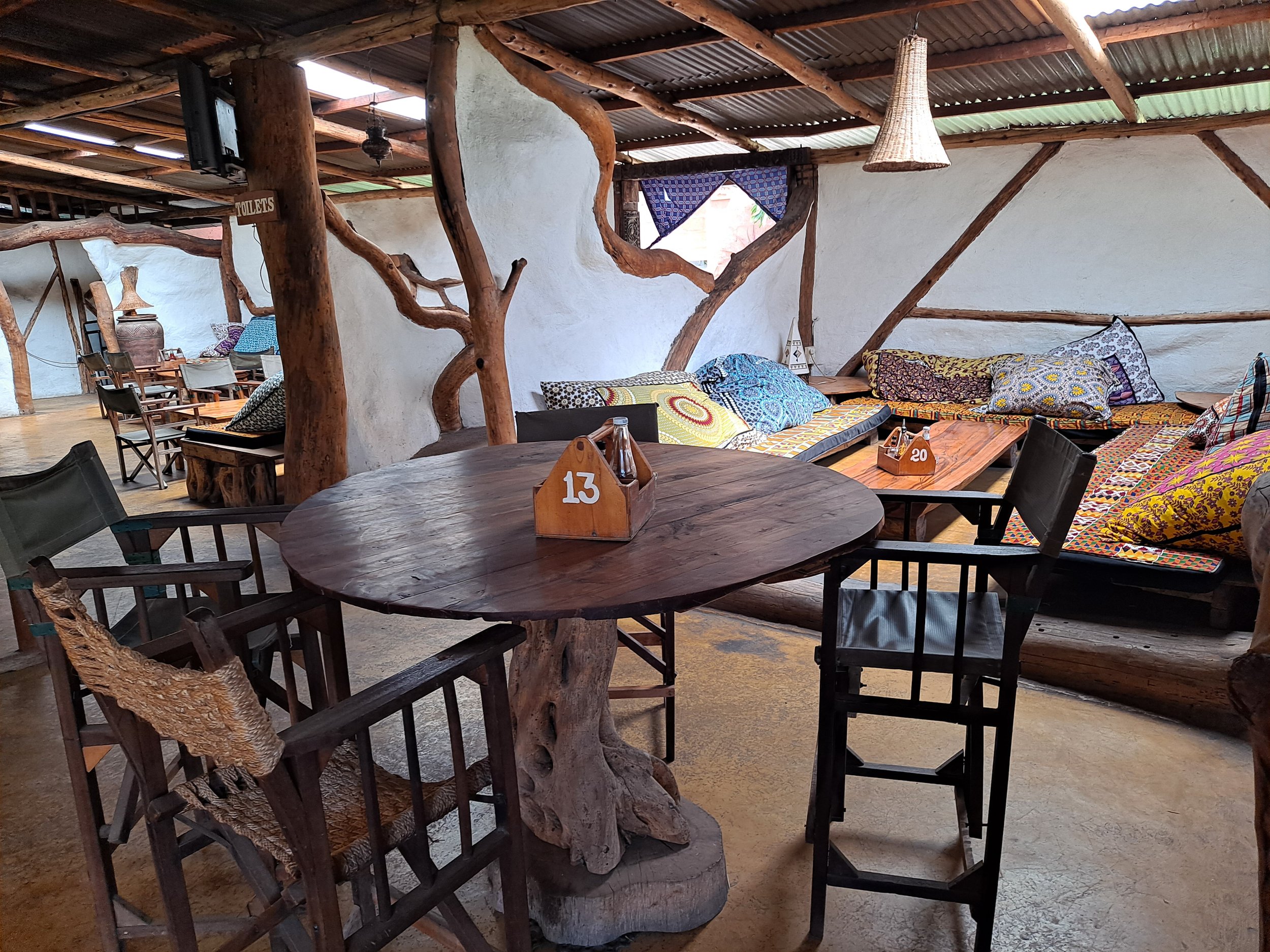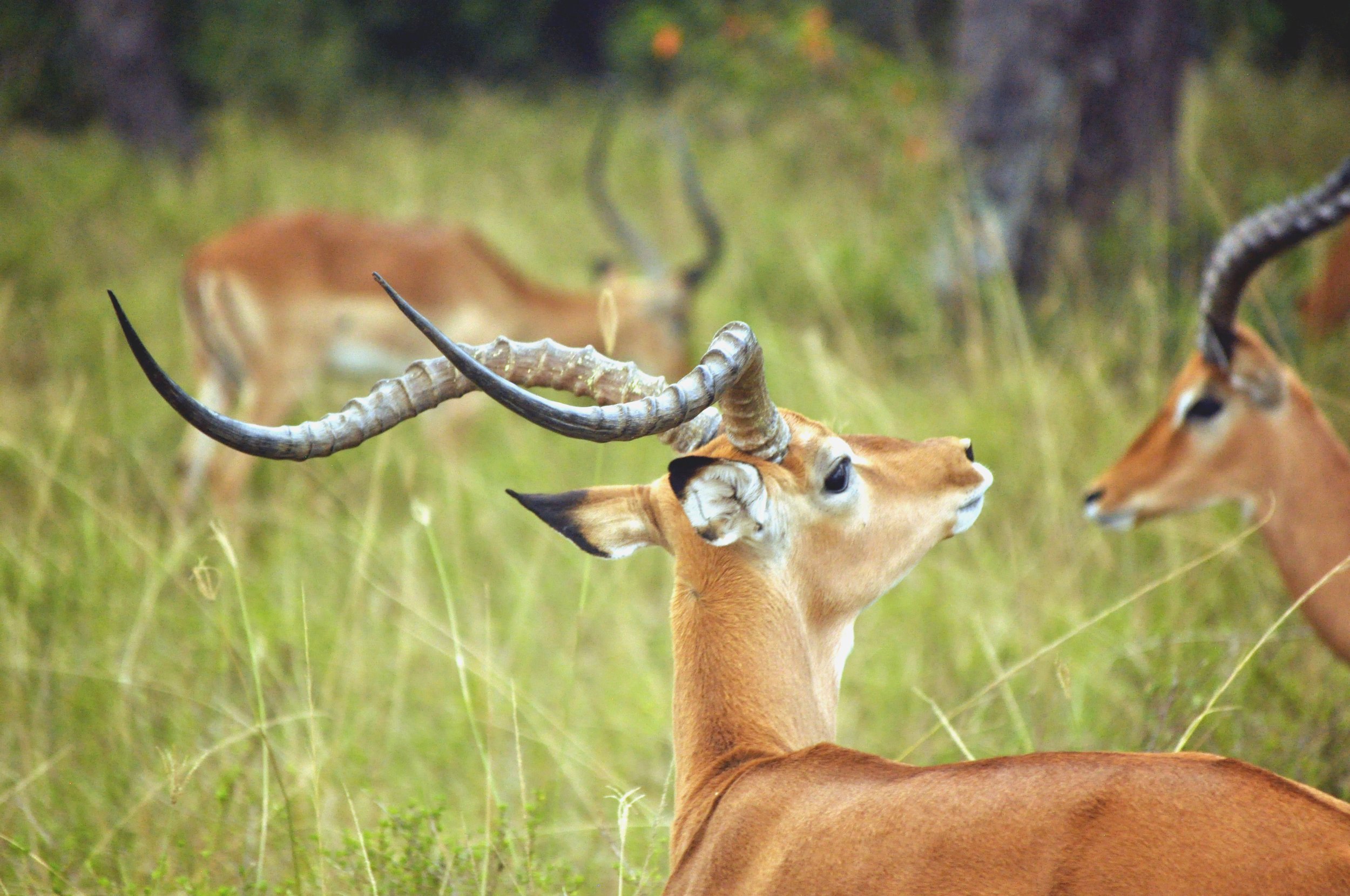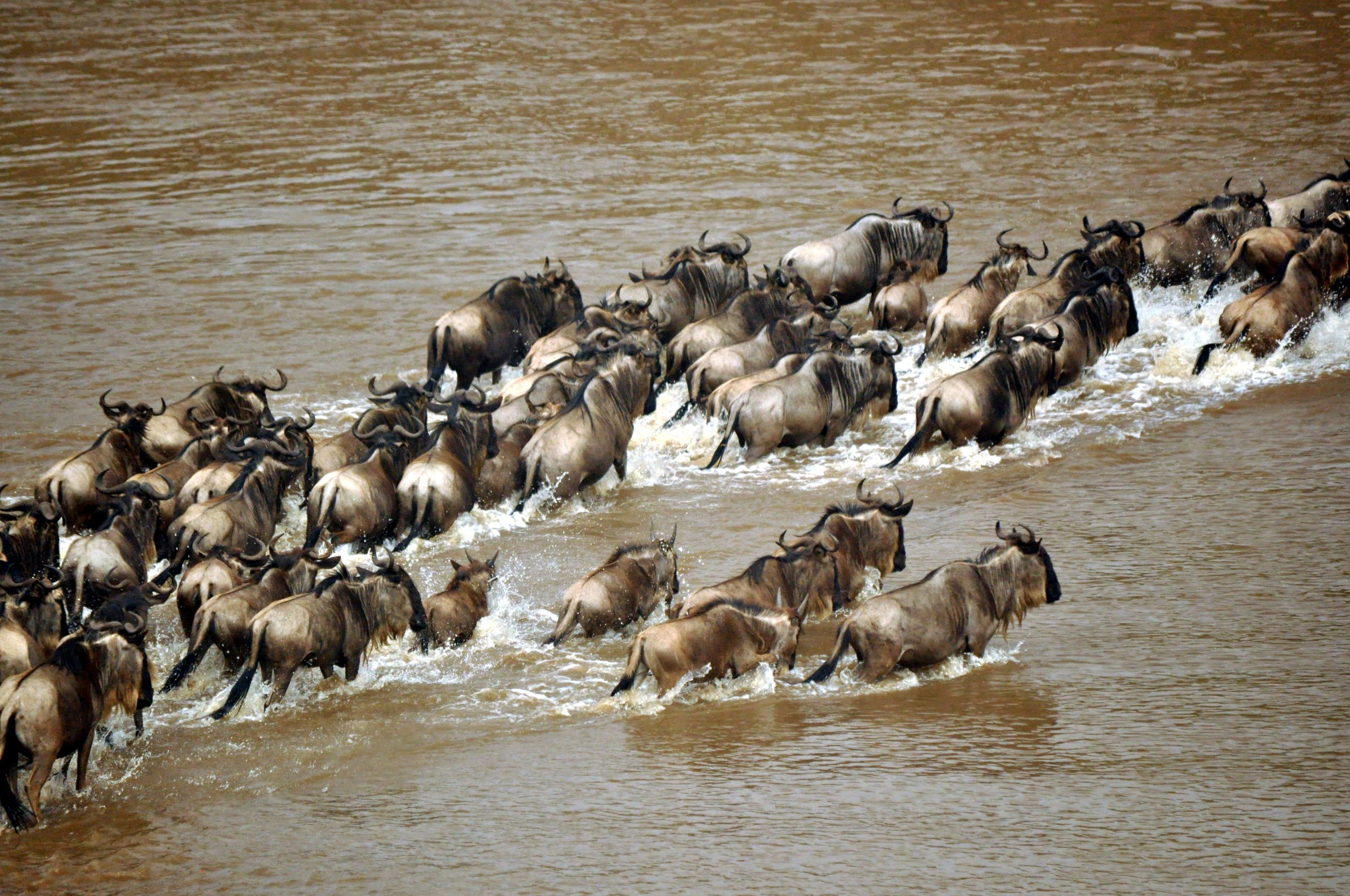This past summer, my family and I had the great fortune to travel to Kenya! We spent two weeks visiting friends while exploring the capitol, Nairobi, and venturing beyond to the Great Rift Valley and the Maasai Mara National Reserve. We hiked the dormant volcano Mt Longonot, climbed Fischers Tower in Hells Gate National Park, boated across Lake Naivasha to Crescent Island where we walked among the wildlife living there, went on a 3-day safari in the Maasai Mara with Sentinel Mara Camp, explored Nairobi National Park and the Karura Forest Reserve, frisbee golfed with giraffes, ate at some wonderful restaurants (Hero Restaurant in Nairobi, Jiko Restaurant at the Tribe Hotel in Nairobi, Lazybones Restaurant at Camp Carnelley’s on Lake Naivasha, River Cafe in the Karura Forest in Nairobi), drove Formula One simulators, toured and tasted tea at the Kiambethu Tea Farm, visited museums and art galleries and malls and markets, and marveled at all the ways Kenya surprised and impressed us.
Nearly every day that we were in Kenya was incredible and beautiful and interesting. Part of that is just the nature of traveling somewhere new. But a big part was because of Kenya itself. The vistas were breathtaking, the wildlife abundant, the weather was perfect. In some ways, it felt like Kenya was way ahead of America: plastic bags are not allowed into the country, everyone used the same online app (like a venmo or zelle) to pay for absolutely everything (from a bottle of water at a small stall to medicine at the pharmacy to hiring a driver for the day to admission into a park or museum), and our one visit to urgent care when one of us got sick from something we ate was fast and thorough and cheap (less than an hour and under $30 for two doctor consultations, a lab culture, and prescriptions). In some ways, too, Kenya felt very familiar - very similar to life in the United States: the clothes they wore, city buildings, billboards advertising cleaning products and appliances and companies and politicians, menu items at restaurants, how grocery stores are organized, their newspapers, their cell phones. But in many ways, it was very different: the crazy driving, the lack of sidewalks, herding cattle and donkeys and sheep along the side of roads and through villages, using donkeys to pull carts, motorcycles overloaded with people and cargo, the use of corrugated metal and rough bricks and branches as building materials for small buildings and fences, the lack of lawns and gardens around many buildings and along roads. Kenya felt like a world of contrasts: traditional vs modern, local vs global, the have’s and the have-not’s. With the exchange rate most definitely in our favor, we were fortunate to be in the “have” category, and we ate extremely well, hired drivers on several outings (like an all-day uber), and were able to spend the money required to enter the parks and nature reserves and museums. We were very much aware that not everyone shared our experiences, and we had many conversations with our friends and Kenyan’s we met about life in Kenya.
While I am not a photographer and happily take full advantage of auto-mode on my camera (and sometimes even mess that up), I am pretty excited about many of my wildlife photos. The amazing diversity and abundance of wildlife in Kenya provided so many moments of inspiration, and I have started to include African wildlife in my paintings.
There were so many special moments while watching wildlife in Kenya, but one stands out for me as being extra amazing: the wildebeest migratory crossing of the Mara River:
We started this trip knowing it would be a once in a lifetime experience, but ended it with talk about “when we come back” because it was hard to imagine not experiencing it again. If you ever get the chance to visit Kenya, I highly recommend you do!



